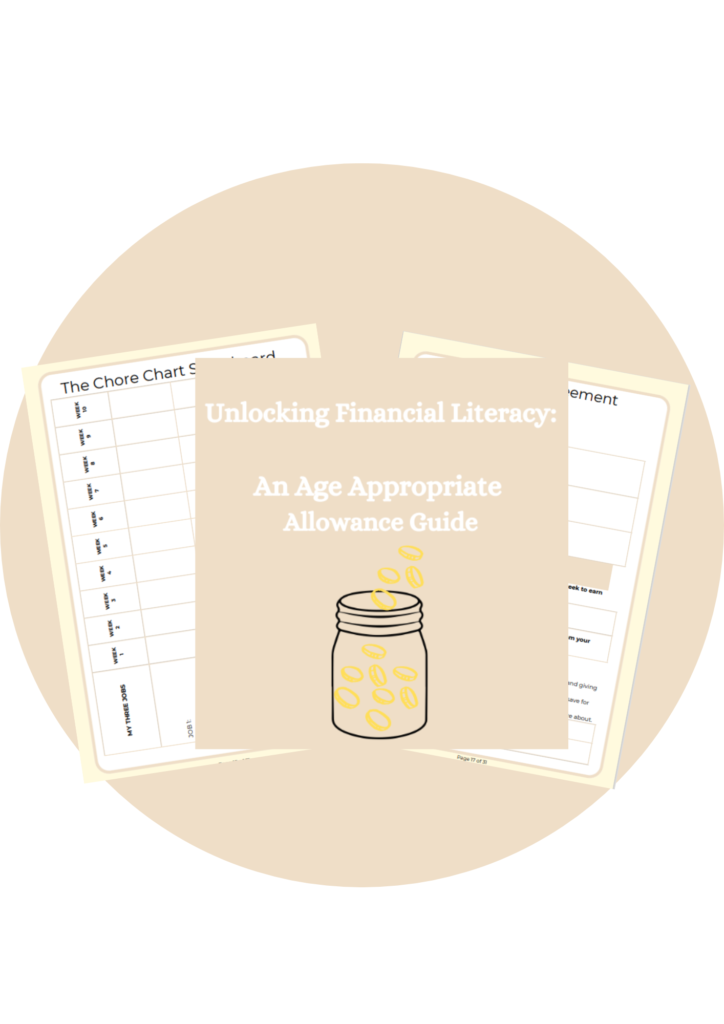Unlocking Financial Literacy: An Age-Appropriate Allowance Guide
Teaching your children about money is one of the most important lessons you can impart. It equips them with the knowledge and skills they need to make sound financial decisions throughout their lives. One effective way to introduce financial concepts is through an age-appropriate allowance system.
Here’s a breakdown of age-appropriate chores and allowance amounts:
- Ages 3-5:
- Chores: Simple tasks like putting toys away, helping set the table, and feeding pets.
- Ages 6-8:
- Chores: More involved tasks like making their bed, helping with laundry, and watering plants.
- Ages 9-12:
- Chores: Age-appropriate responsibilities like mowing the lawn, babysitting younger siblings, and helping with meal preparation.
- Teenagers (13+):
- Chores: More significant responsibilities like babysitting, pet care, yard work, and household maintenance.
Key Components of an Effective Allowance System:
- Clear Expectations: Clearly define the expected chores and the corresponding allowance amount.
- Regular Paydays: Establish a regular payday (e.g., weekly or bi-weekly) to help children understand the concept of earning income.
- Savings, Spending, and Giving: Encourage children to divide their allowance into three categories: savings, spending, and giving.
- Learning Opportunities: Use allowance as a teachable moment to discuss budgeting, saving, and making wise spending choices.
Free Downloadable Resource: Unlocking Financial Literacy: An Age-Appropriate Allowance Guide

To further assist you in teaching your children about financial literacy, we’ve created a free downloadable resource which has a seek peek of some of The Saving Seed Money Workbook for kids worksheets inside.
Inside the Workbook:
- Payday Agreement: A customizable agreement that outlines the expectations, responsibilities, and rewards for both parents and children.
- Chore Chart Scoreboard: A visual tool to track completed chores and earned allowance.
By incorporating these strategies and utilizing the resources provided, you can empower your children with the financial knowledge they need to thrive. Remember, teaching financial literacy is an ongoing process. Be patient, be consistent, and most importantly, make it fun!
